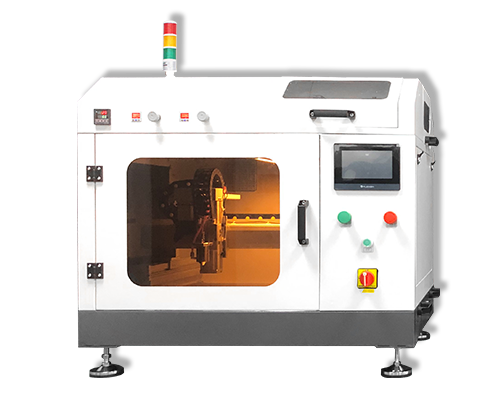How are Fuel Cell Metal Bipolar Plates Made?
How are Fuel Cell Metal Bipolar Plates Made? Fuel Cell Coating – Cheersonic
The bipolar plate is one of the core components in the fuel cell stack. In general, there are two types of bipolar plates: graphite bipolar plates and metal bipolar plates. This article only discusses metal bipolar plates.
The details of the bipolar plate production process of different manufacturers are different. To sum up, in addition to the initial design steps, the metal bipolar plate production process mainly includes the following six steps:
1. Material preparation
When manufacturing a metal bipolar plate for a fuel cell, there are generally two choices of strips, one is a pre-coated strip, and the other is an uncoated strip. Coated strips generally do not need to be coated after the plates are formed, allowing for faster and cheaper production of bipolar plates, but the stability of the coating after processing and welding can be problematic.
2. Forming and Dividing
After the strip is cleaned, it is shaped and divided to produce cathode and anode plates. The forming methods and processes of each company will be different. Some manufacturers use stamping forming methods, some manufacturers use hydroforming methods, and some manufacturers use some other forming methods. In addition, some manufacturers also support the use of etching or machining methods in small batch production. See bipolar plate forming, so I won’t go into details here.
3. Quality inspection
After the single-piece plate is manufactured, the quality of each plate is checked to determine whether the size, thickness and error of the ridges and grooves meet the design requirements.
4. Laser welding
The cathode and anode plates that meet the quality requirements are welded together by laser welding in this step to form a complete bipolar plate. After welding, the coolant cavity of the bipolar plate is completely sealed, and finally it is tested for sealing performance.
5. Coating treatment
Subsequently, the bipolar plates are coated to improve the corrosion resistance of the bipolar plates. At present, the commonly used coating treatment method is the use of PVD method.
6. Seal
The last step is to fill the sealing material in the designed sealing groove of the bipolar plate. The design of different manufacturers in this step will be different. Some manufacturers use customized sealing rings to attach the bipolar plates, some manufacturers use the dispensing process, and some manufacturers use the sealing rings integrated with GDL, so the bipolar plate The manufacturer’s production process does not necessarily include this step.

Ultrasonic spray fuel cell catalyst coating system can produce highly uniform, repeatable and durable coatings. Our ultrasonic spraying can well control coating properties, significantly reduce material usage, and reduce maintenance and downtime.
Our company’s ultrasonic spraying equipment can be sprayed on a variety of different metal alloys, including the preparation of platinum, nickel, iridium and ruthenium-based fuel cell catalyst coatings, as well as PEMs, GDLs, DMFCs (direct methanol fuel cells) and SOFCs (solid Oxide fuel cell) manufacturing. The battery manufactured by this technology has the characteristics of high battery load and high battery efficiency.
The optional ultrasonic dispersion system can uniformly disperse the catalyst solution without blocking the ultrasonic nozzle, thereby providing a uniform and homogeneous fuel cell catalyst coating, and has a controlled droplet size from ultra-low flow to production-scale flow.

